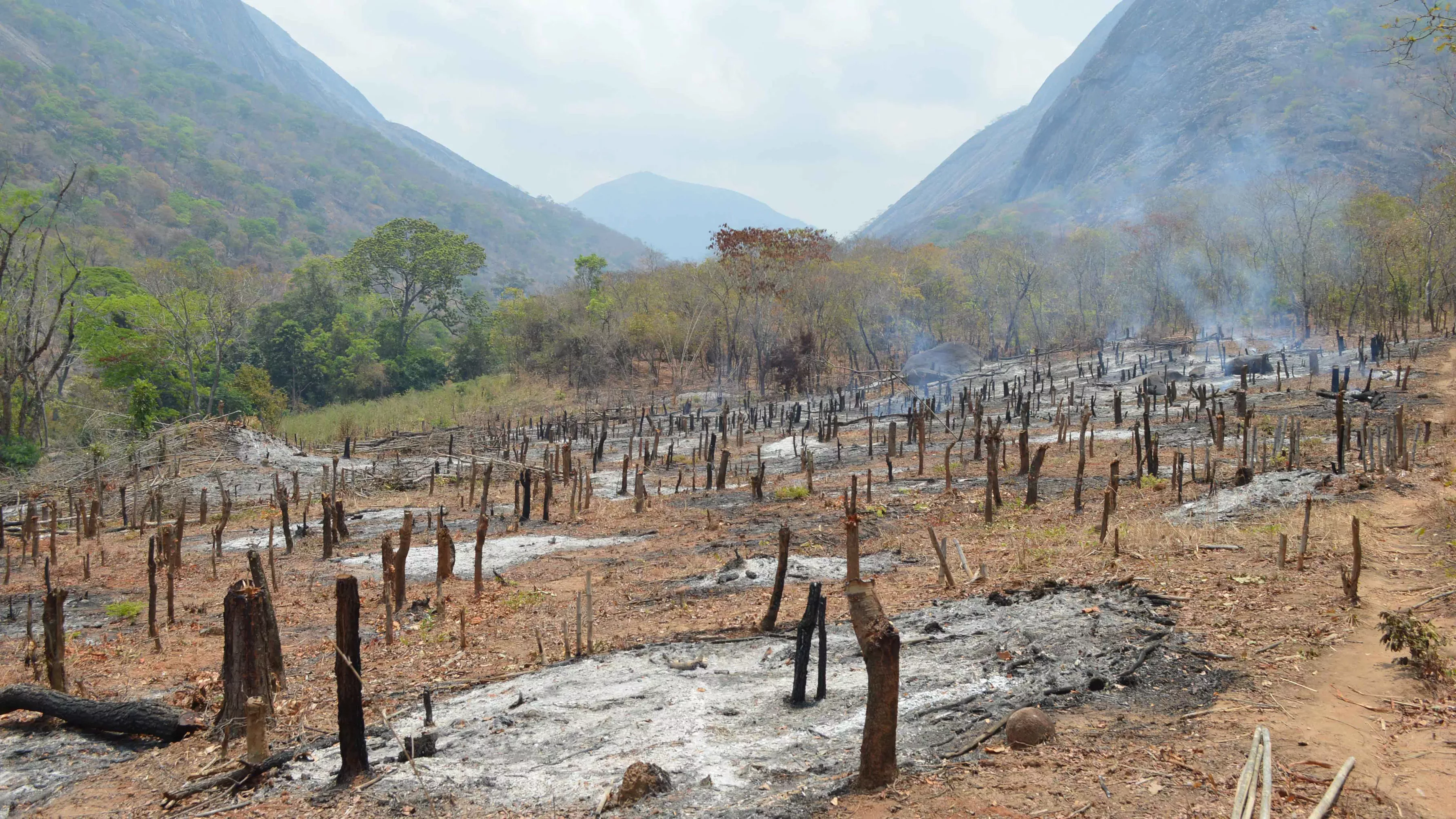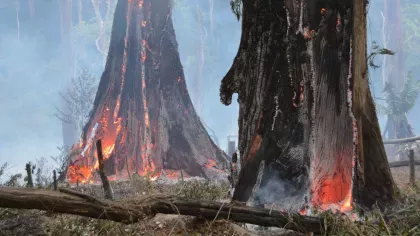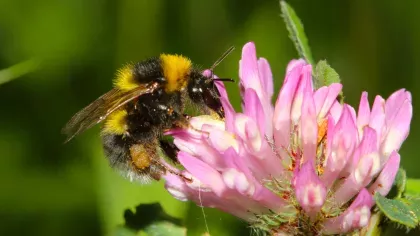30 November 2022
Learnings from COP27 and COP19
How can the latest climate and wildlife trade conventions pave the way for a successful COP15 biodiversity conference this December?

COP27, the UN climate change conference, and CITES COP19 have now come to a close after two weeks of intense negotiations and hard-fought wins.
Now more than ever, there needs to be increased action against climate change, especially to keep the 1.5C climate goal alive. But climate change is deeply linked to another great challenge of our time — biodiversity loss.
Global issues such as the poaching of rhinos and felling of the Amazon's forest for timber are the target of the Convention on International Trade in Endangered Species of Wild Fauna and Flora (CITES), which plays a key part in helping to tackle the biodiversity crisis.
Another big step towards combatting this growing crisis will be the UN biodiversity conference, COP15, taking place in Montreal from 7 December. Countries and stakeholders, along with a delegation from Kew, will negotiate to adopt a post-2020 biodiversity framework to halt and reverse biodiversity loss.
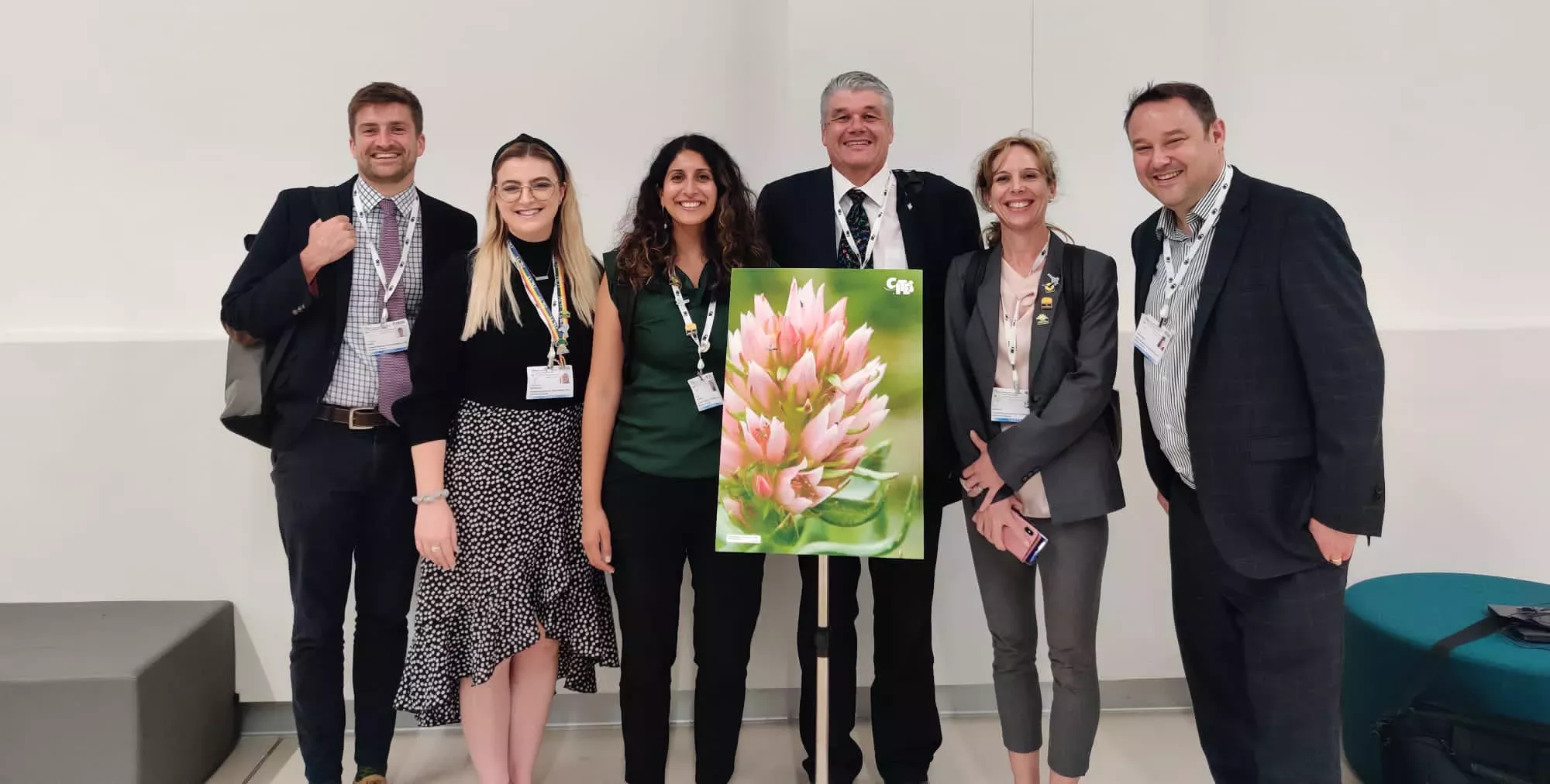
The back-to-back timing of the climate, wildlife trade and biodiversity conferences has the potential to give negotiators a unique opportunity to take the lessons learned at COP27 and COP19 with them to COP15.
It's imperative that an ambitious biodiversity framework is agreed at COP15 as well as financial commitments to ensure that it is implemented so that we can begin to reach a nature positive future.
Both COP27 and COP19 have set the tone for COP15, and the momentum gained must be maintained in time for strong and decisive action for nature to be agreed upon.
What did we learn from COP27 and COP19?
The need for transparency and trust between Global North and South delegations has never been clearer.
A breakdown of trust and lack of transparency during text negotiation slowed progress to deliver renewed targets for climate change at COP27 and the future of sustainable trade of species at COP19. This cannot hinder progress at COP15.
All voices should be heard at COPs — especially those whose livelihoods are most impacted by the climate and biodiversity crises.
Leading up to and in Montreal this December, the voices of those with the most to lose when nature is destroyed should be amplified. Only through partnership can real solutions for nature be implemented.
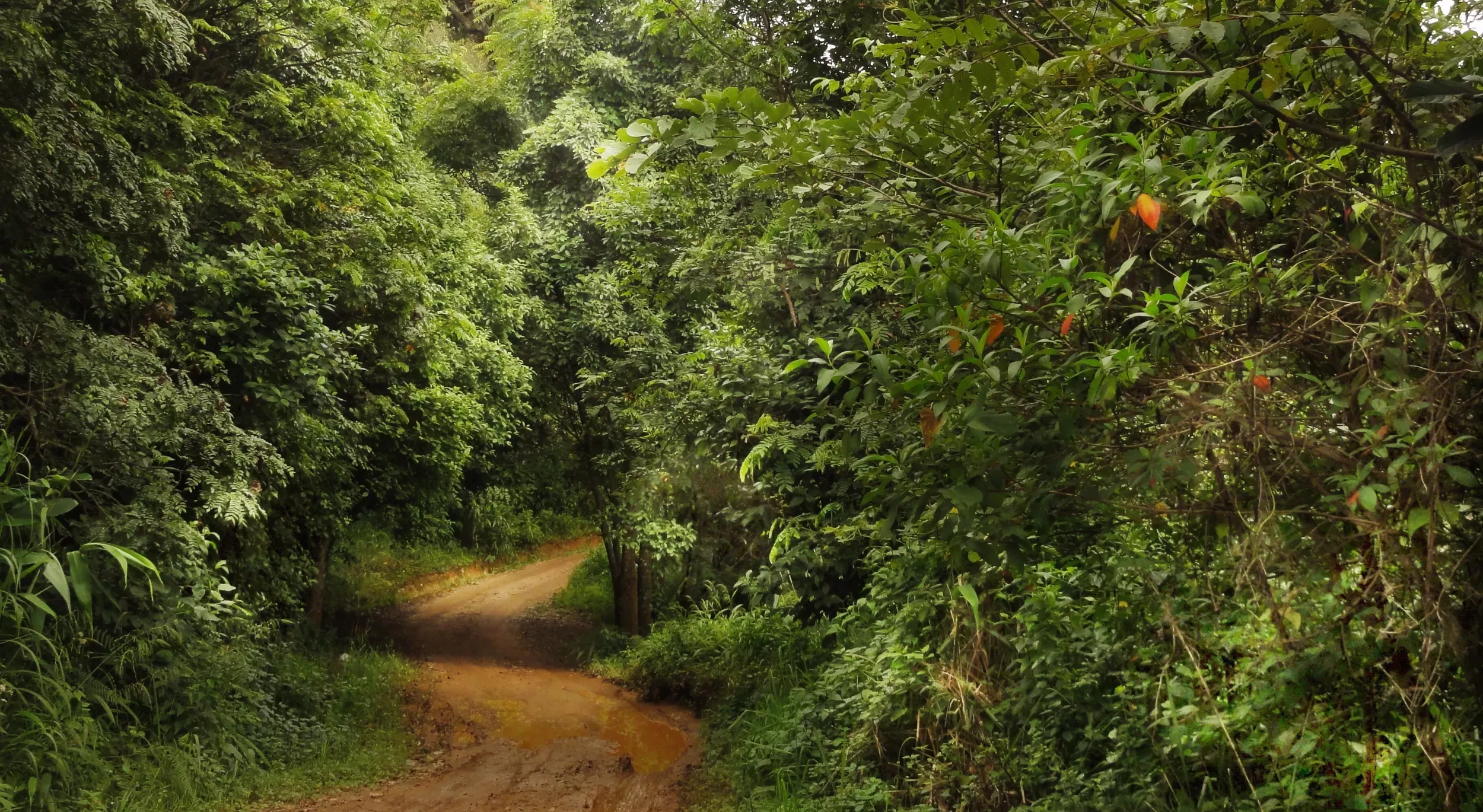
Finance is a key sticking point
Shown by the last-minute creation of a loss and damage fund at COP27 and the UK Government announcement to provide £4 million towards combatting illegal wildlife trade, finance will always be an important issue in climate and biodiversity conversations.
Knowing this, negotiators will have to take this challenge to COP15 and show willingness to ramp up financial ambition.
Action against biodiversity loss will need adequate resources to be successful. For example, Kew maintains that targets to protect 30% of the Earth’s land and seas will need enough resources to ensure existing protected areas continue to be well-maintained.
Climate and biodiversity finance are also two sides of the same coin and must be jointly considered by negotiators to produce the best outcomes for both.
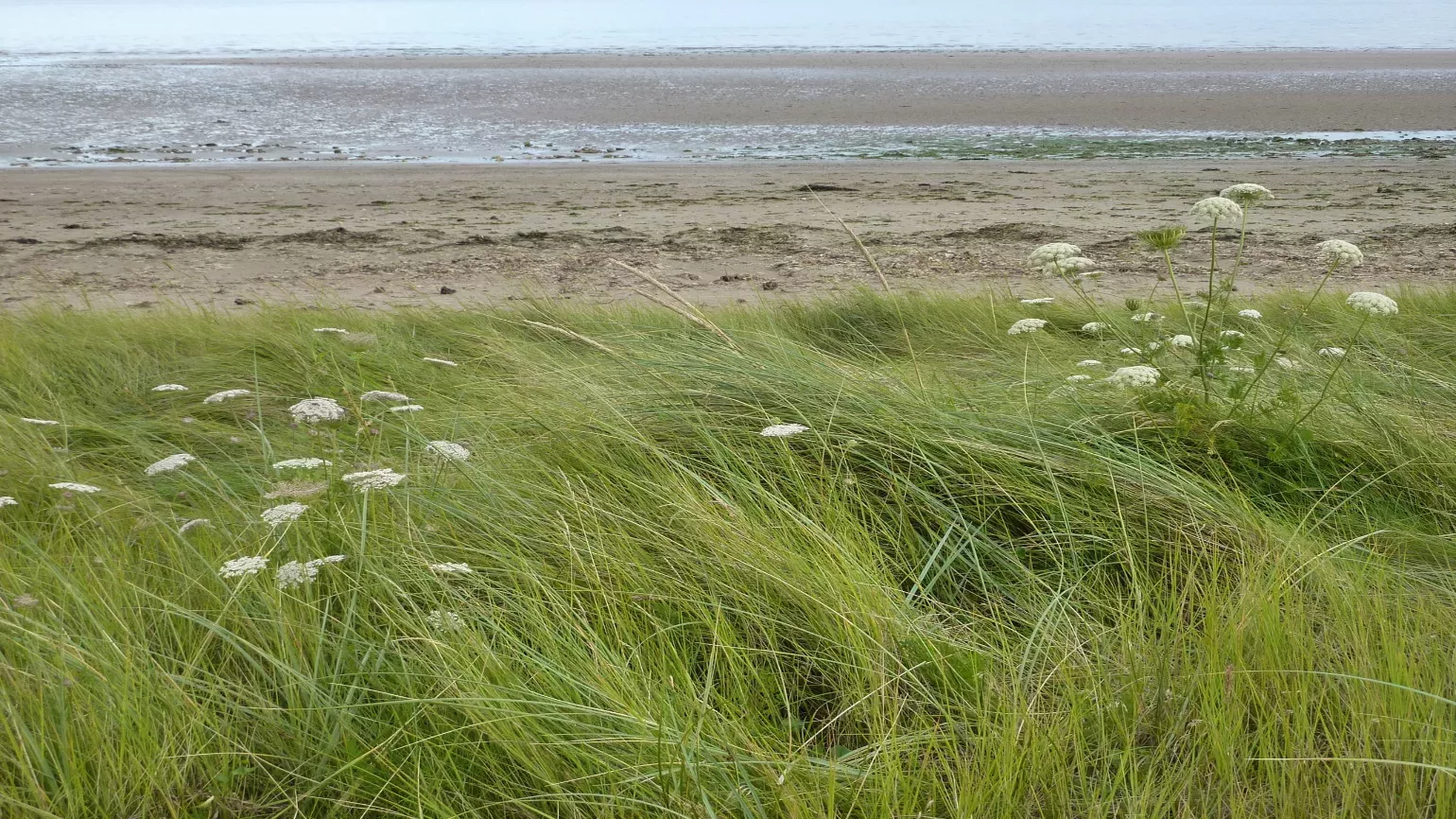
How was nature represented at COP27?
The links between both the biodiversity and climate crises were reinforced – but more remains to be done.
Biodiversity day at COP27 saw delegates, scientists and activists come together to highlight that there is no 1.5C goal without nature. Biodiversity is key to reaching net zero, so action for biodiversity is action for climate.
Mentions of COP15 and the biodiversity framework were generally positive among delegates, continuing the dialogue from Glasgow’s COP26 on the potential that nature restoration and conservation have for the climate. But general views are that more could have been done at COP27 to reflect the scale of action needed for nature.
There must also be stronger efforts to link the separate biodiversity and climate frameworks in ways that go beyond sentences on ‘synergy’.
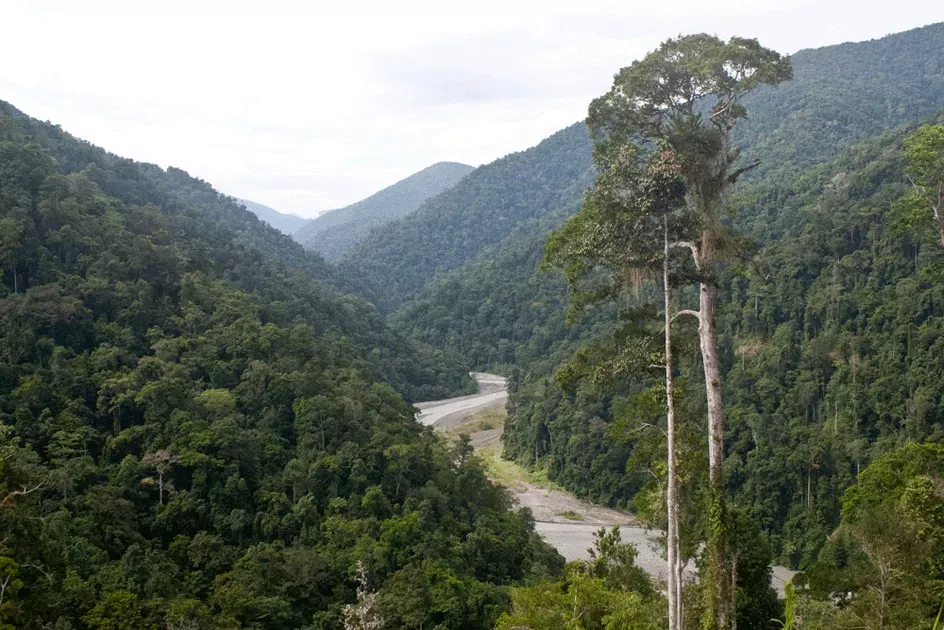
References to forests, nature-based solutions and tipping points were incorporated in the cover text.
The COP27 cover text, which summarises the key outcomes of the negotiations, now makes reference to forests as an important means of tackling climate change. This is an important step to link the climate and biodiversity agendas together.
Forests were also mentioned at COP19 where decisions on defining CITES-listed tree species’ roles in forest systems were adopted.
Text on the importance of nature-based solutions to help solve the twin biodiversity and climate crises, while also improving human wellbeing, is also welcomed here at Kew where we’re working on numerous projects with this multi-factor approach.
For example, Kew's Nature Unlocked project provides scientific evidence for nature-based solutions in the UK to help with adaptation and mitigation.
These references in the cover text have potential to guide and influence positions on nature at COP15.
Mention of global tipping points and the need for urgency is also vital. COP15 is a last chance to agree on a framework that works for all and increases biodiversity – not just halting nature loss.
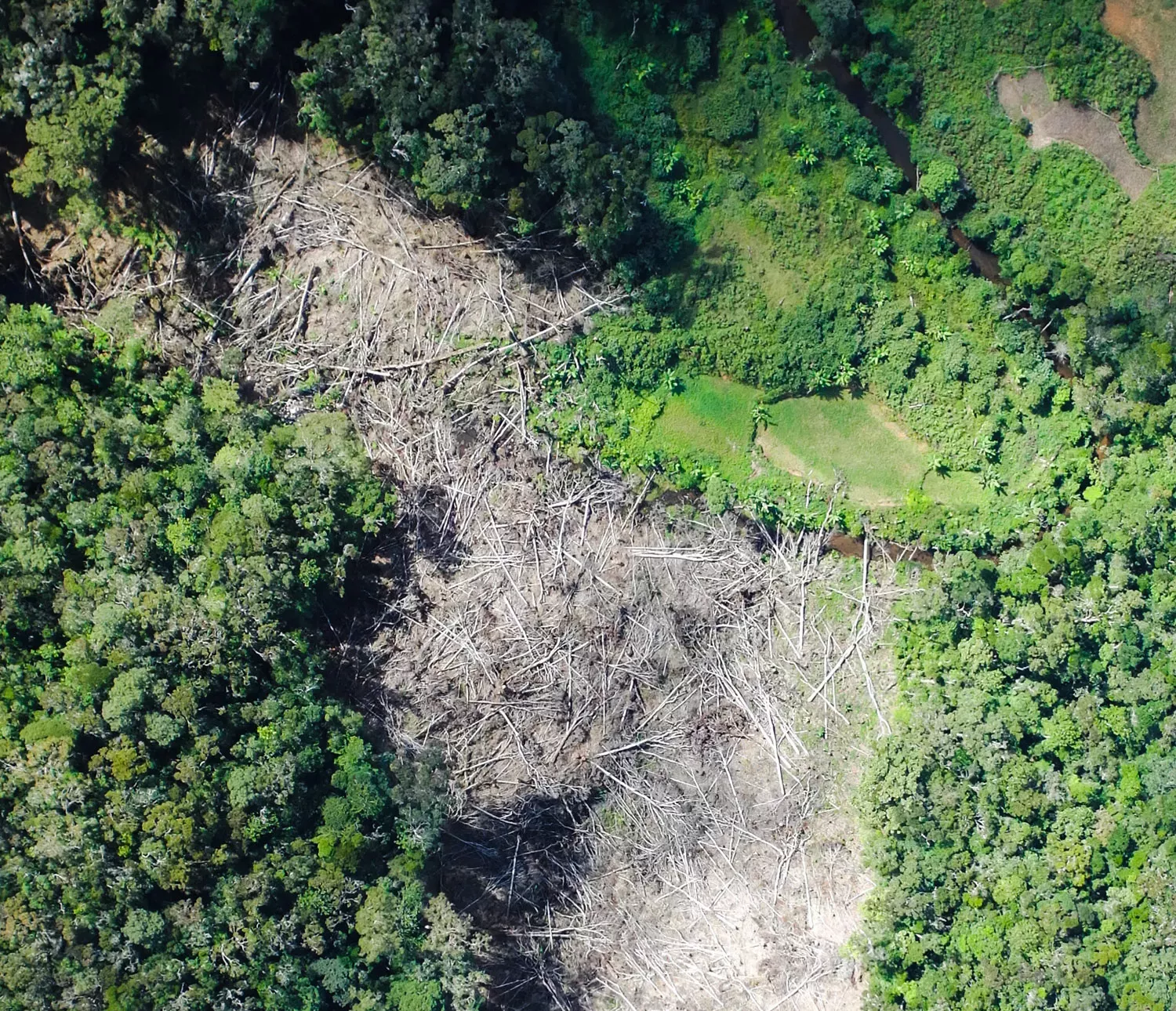
There were many other topics debated at COP27 and COP19 including the use of new and innovative technology to tackle these issues, which will be of equal importance at the biodiversity conference.
Kew will attend COP15 in December to highlight the importance of plants and fungi, and the need for their conservation to produce positive outcomes for nature.
